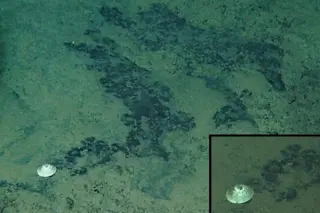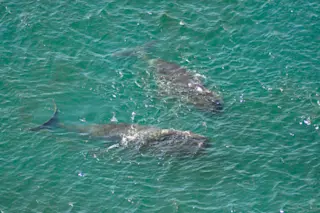At least four people were injured, and one died, after a rogue wave struck a Viking cruise ship on November 29, 2022. According to a press release, the Viking Polaris was making its way to port in Ushuaia, Argentina, from its Antarctic expedition when the massive wave hit. The ship sustained minimal damage, though several windows that led into cabins were shattered.
According to the National Oceanic and Atmospheric Administration (NOAA), rogue waves are extremely rare and were considered folklore until the last few decades. However, rare as they may be, this incident begs the question — what are rogue waves?
Rogue waves — or 'extreme storm waves' according to NOAA — are described as massive walls of water seemingly appearing out of nowhere. They can be twice the size of surrounding waves and typically hit from the opposite direction of the wind and other waves.
That said, there is ...















